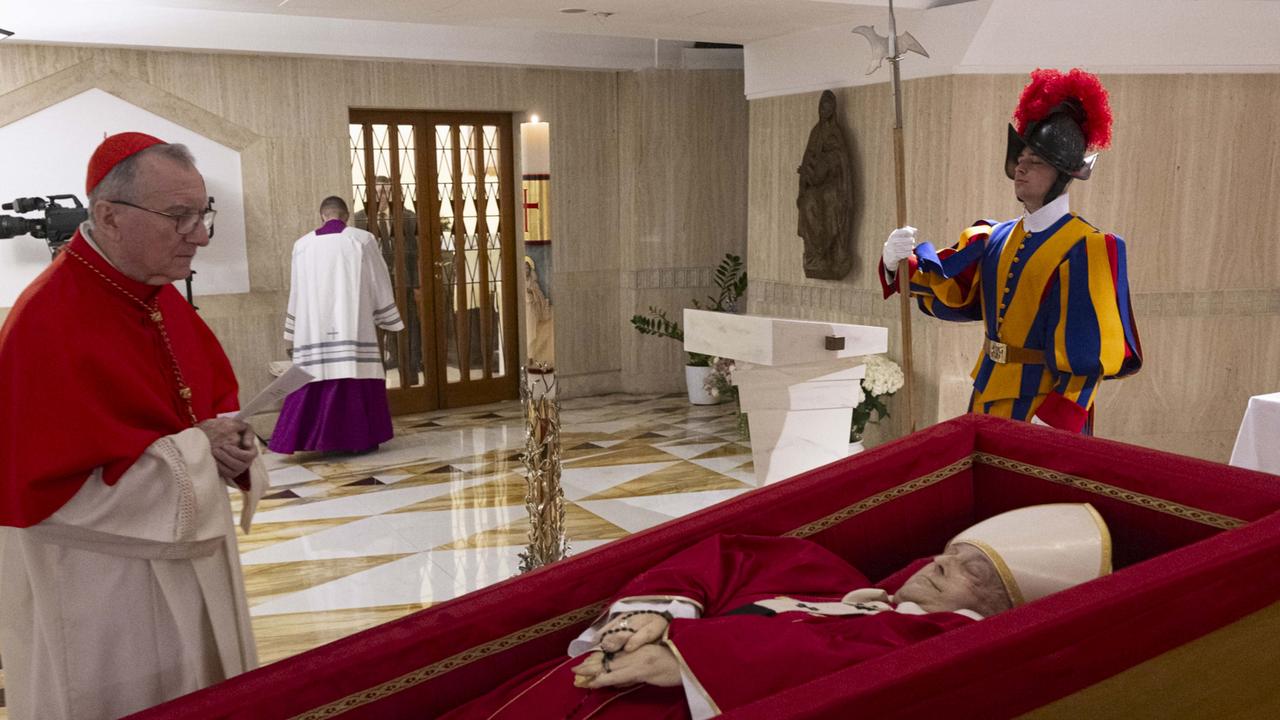Terrorism is our new normal after 2015
FROM the Charlie Hebdo attacks in January to the San Bernardino massacre this month — terrorism has stormed into our collective consciousness this year.
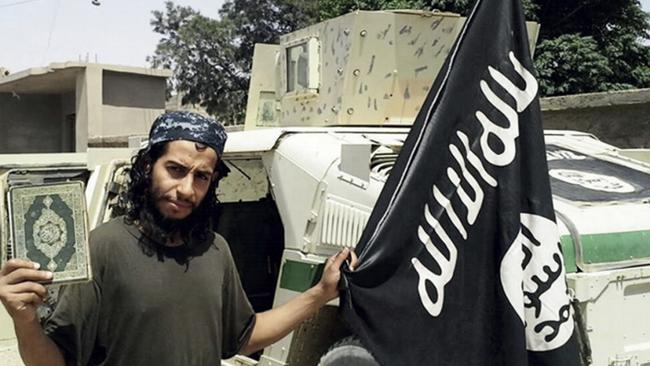
World
Don't miss out on the headlines from World. Followed categories will be added to My News.
IT’S time to face a new normal.
It’s a world where everyone looks over their shoulder for the next strike. A world in which terrorism has stormed back into the collective consciousness of the everyman — the family on holidays overseas, the person boarding a flight, the police officer going to work.
This past year has been punctuated by mass terror assaults that have rattled the West in a way it hasn’t been rattled since September 11, 2001.
They came with heart-stopping regularity. From the Charlie Hebdo attacks in January, to tourist blood spilt on the beaches of Tunisia in June.
By October there was bomb on board a Russian jet bound for St Petersburg, and a month later Paris was burying the victims a large scale Friday night assault on life.
Finally this month, in San Bernardino California, a couple turned a humble work Christmas lunch into carnage, all in the name of ISIS.
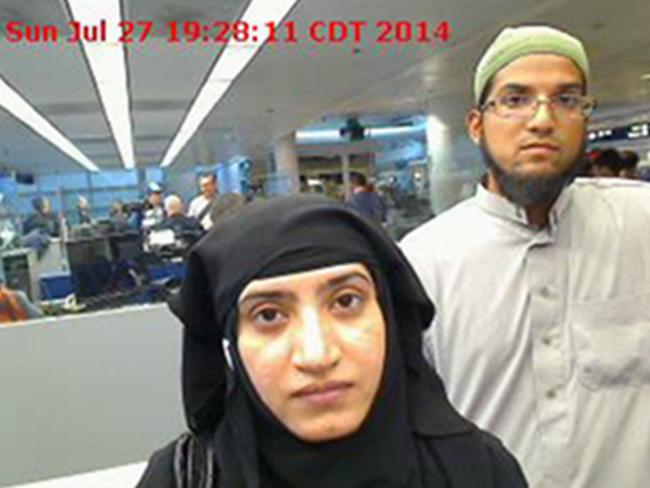
And woven throughout all of these, constant suicide bombings in the Middle East, the numbers of which overshadow all of the Western attacks added together. Hundreds killed, every month.
And the worst news is that most experts agree the terrorists are only just getting started.
Former FBI counter terrorism operative Eric O’Neill put it simply: “We aren’t as safe here as we always thought we were.”
He said that while the US and indeed the world had successfully engaged in dramatic counter terrorism efforts after 9/11, these days that progress just isn’t helping.
“What bad guys do is when law enforcement is effective at stooping one thing, is they stop doing that thing. They look for new and unique ways to achieve what they want. And ISIS has found that formula”.
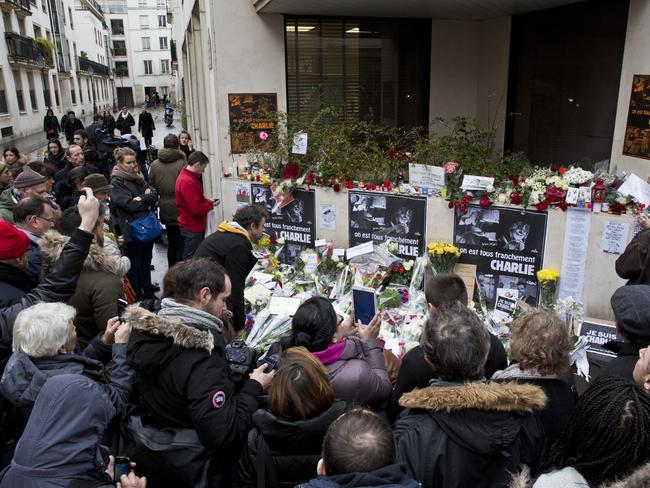
New York governor Andrew Cuomo spoke this month of “a new normal” for American people: terrorism.
“I believe we’re seeing what the Middle East lived with for a long time because they were proximate,” Mr Cuomo said.
“But the internet and social media found a way to get around the oceans very quickly. It’s not 6000 miles away anymore. It’s San Bernardino. It’s in Paris. I think this is going to be a turning point for American people.”
The western world faces the terrorism battle on two fronts: at home, and in the Middle East.
At home, there’s the spectre of the homegrown jihadist — the man or woman sitting behind a computer, devouring the slick ISIS monthly glossy Dabiq online and planning just how they might do their bit for the cause.
Then, meanwhile in the Middle East, there’s the steady march step of ISIS, claiming ground and gaining money, people and power.
Each problem feeds the other, and the problem at home won’t die before the problem in the Middle East does.
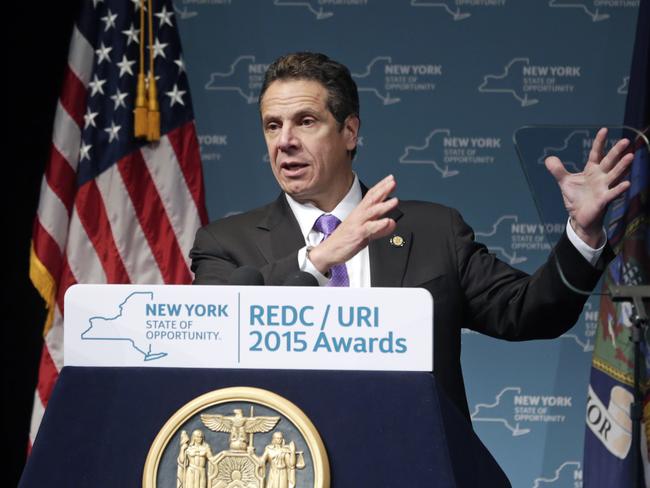
Almost all experts in the field of modern terrorism point to the explosion of social media and the advancement of online communication as key factors in empowering ISIS and creating the attacks in the West.
At the heart of the problem at home is the explosion of easy-to-use heavily encrypted communication devices online, meaning people can talk to each other about jihadist fantasies in the dark.
And, even taking the encryption problem out of the equation, the internet has simply made it easier for the word of ISIS to spread in plain view.
Director of the Institute for National Security and Counterterrorism for Syracuse University Bill Banks said the explosion in communication ability was “perhaps the biggest dynamic” in bringing terrorism to our doorsteps.
“Those who want to talk about jihad or extremism or terrorism acts can do so very easily and cheaply without fear of discovery,” Profession Banks said.
“And this so-called going dark problem has really bedevilled Western government in the last couple of years. It’s become a competition advantage for the private sector to guarantee the greatest degree of privacy by selling encrypted software.”

Mr O’Neill, who now runs Georgetown Group — a US firm specialising in security — said that while there was YouTube footage in the September 11 era, it wasn’t an effective recruiting too.
“It was usually a wise looking guy in a cage preaching,” O’Neill said.
“But now, the internet operates as direct to market terrorism.”
He described social media has having a “virus” effect on vulnerable targets.
“What I worry more about now is the home grown recruitment. Where people see that message, they contract the virus, they become radicalised and decided to kill people at home,” Mr O’Neill said.
“That will only increase.”
These issues blow open the question of the importance of individual privacy versus security — a question modern governments are now grappling with.
Just a week before the San Bernardino attacks in which a couple gunned down 14 people, President Barack Obama had sought to reassure a jittery America on the back of the Paris attacks.

He calmly stated ahead of the Thanksgiving holiday that authorities “no specific and credible intelligence indicating a plot on the homeland”.
A week later, the deadliest terror plot on US soil since September 11 was unleashed in California.
Obama’s words were replayed ad nauseam, and far from their intended affect of bringing calm before Thanksgiving they were terrifying.
Obama was speaking the truth before the attacks. Authorities had really had no idea what had been coming.
But the couple had been quietly communicating their extremist ideas for years and no one had any idea.
The New York Times reported this month that IS propagandists had produced 1015 videos since January 2014.

Of those, 37 were in English and aimed at Western values in a bid to recruit fighters.
The threat at home is also so often one that’s inspired. That means it’s not directed or ordered in a way that can be clearly traced to a hub in the Middle East. In this way, it’s harder for intelligence to tap in.
US secretary of Homeland Security Jeh Johnson has described the new phase as terrorists “outsourcing” attacks.
“(They have) in effect outsourced attempts to attack our homeland. We’ve seen this not just here but in other places. This requires a whole new approach,” Mr Johnson told the New York Times.
Similar language has been used by FBI boss James Comey who has spoken of IS trying to “crowdsource” terrorism.
“When you invest in a narrative, a poisonous narrative that resonates with troubled souls, with unmoored people, and you do it in a slick way through social media, you buzz in their pocket 24 hours a day, saying come or kill, come or kill, that has an impact,” Mr Comey said.

Terrorism can’t simply be considered a problem of the West though.
“This is a global problem,” Mr O’Neill said.
“Yes radicals are after the West — they see the West as evil and an attack on religious values. But that doesn’t mean they aren’t after anyone who doesn’t think like them.”
This is born out in the statistics that show the majority of terror attacks have occurred in the Middle East this year.
Mr O’Neill said the world faced the problem of ISIS’s strength in the Middle East.
“It is a standing army, with administration, supply lines, infrastructure, they are selling oil, making money, have access to resources, personnel and a willingness to die. These things are the make up of an extremely powerful organisation.”
He said that while America’s counter intelligence efforts against al-Qaeda were “excellent”, ISIS had proven to be a different beast.
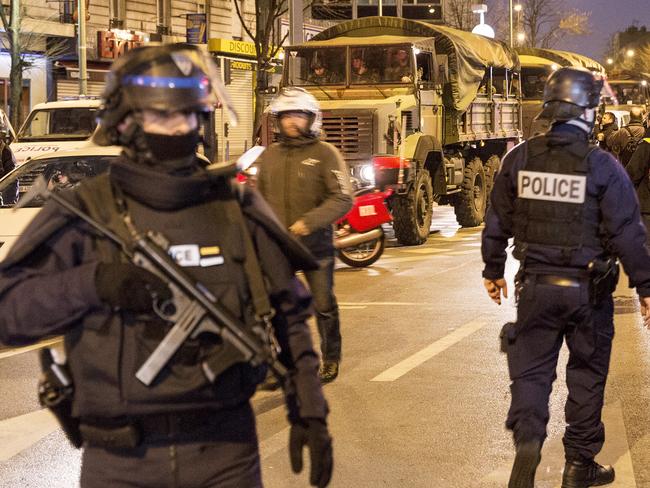
“We strangled al-Qaeda financially and cut them off from aid, we pushed them up into the hills to areas where it was hard for them to organise,” he said.
“ISIS is different. They have land and property. They hold separate banks. People pay them taxes and so they have an ability to continue to support themselves.”
He said that because of this, the West needed better intelligence.
“We need to understand what they are doing before they do it,” he said, which involves infiltrating ISIS with spies and recruiting ISIS operatives to the US-led coalition.
“We need to invest in cyber apparatuses so that we can decrypt their messages and know ahead of time to have alerts or flags that something will happen.”
Almost two weeks before Christmas, dual terror threats on both sides of the US coast were treated in polar opposite ways. While the entire of the LA school system was shut down in response to an email from someone purporting to be a jihadist, life in NYC continued as normal.
Mr O’Neill said the completely different approaches showed the US was lacking actionable intelligence.
“It was like flipping a coin to make a decision,” he said.

It was following the San Bernardino attacks that Obama made moves to appear more serious on terror.
It began with a prime time address to the United States in which he pledged to beat ISIS, but outlined how the new terror threat presented new challenges very different to those thrown up by September 11.
Then, a week later, the President met with military leaders at the Pentagon, where he told how the US-led military coalition was attacking ISIS “harder than ever”.
He listed leaders the coalition had taken out, including ‘Jihadi John’, saying his message to others was “you are next”.
He detailed how the coalition had made 9000 air strikes and that in November they dropped more bombs than in any previous month.
Yet the visit also underscored the fact that the battle will be a long one.
“We are recognising that progress needs to keep coming faster. Nobody knows that more than the countless Syrians and people living under the terror and the people in San Bernardino and Paris and elsewhere who are grieving the loss of their loved ones.”

There’s a thing called “insurgent maths”, referred to by former US forces commander Stanley McChrystal.
The theory goes that if you have 10 insurgents and kill three of them, you aren’t left with seven, but instead more than you started with because you add fire to the cause that drives them.
George Mason University Associate Profession Trevor Thrall said “bombing terrorists is not enough to get rid of the problem.”
Associate Professor Thrall who is also director of the DC-based Cato Institute said it was important to remember that ISIS attacks on the West were bound up with anger about the West intervening in the Middle East.
“We could reduce the risk to the US by doing less intervening of all kinds,” Professor Thrall said.
Professor Thrall said that by bombing the Middle East, the West was effectively proving the argument ISIS peddled.
“They when say hey the crusaders are coming to kill all Arabs, and we bomb, the Arabs believe them. Every time we bomb the middle east it is a recruiting model for ISIS. This is the argument for US handling this quietly.”

Data released last month painted a chilling picture of the rise of terror attacks across the world. The data only included attacks through to 2014, and so stops short of key events that have shaped Western horror this year.
Despite this sizeable hole in the data, the annual Global Terrorism Index found a seismic rise in terrorism, with an increased targeting of private citizens.
The research, by the Institute for Economics and Peace, found 2014 represented the biggest annual rise in terrorism deaths internationally with 32,000 people losing their lives — an 80 per cent spike on the year before.
Most of those terror deaths happened in places like Iraq, Nigeria, Afghanistan and Syria and the groups most responsible were Boko Haram and ISIS.
The terror landscape has changed significantly in just the 12 months following this research.

Just days before terror took over Paris, Obama had commented on how ISIS’s land expansion had been “contained”.
“I don’t think they’re gaining strength,” he said at the time.
He stopped short of claiming victory, but the timbre was clearly upbeat.
Since then, the world faced the realities of the Paris attacks and the San Bernardino shoot out.
And since then, Obama’s tone has shifted.
Terror and how to fight it will dominate the US presidential elections in 2016, and beefed up counter-terrorism forces around the globe will spend countless hours trying to infiltrate jihadist conversations that are happening in the dark.
The road ahead is long.
Originally published as Terrorism is our new normal after 2015

